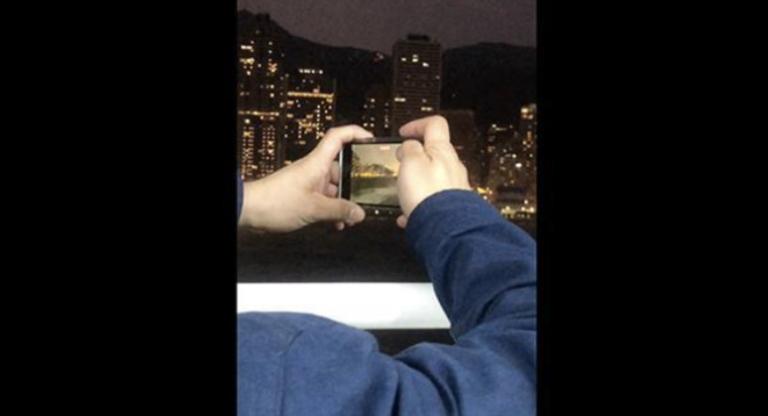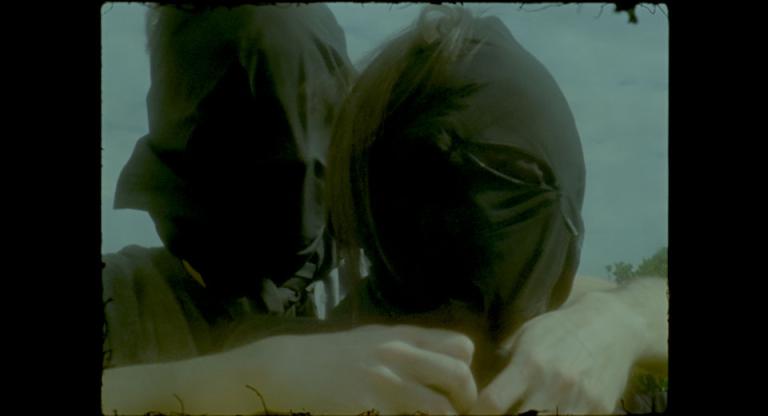Speaking with the artist and filmmaker Tiffany Sia in her latest short film, The Sojourn (2024), the lead actor from King Hu’s Dragon Inn (1967), Shih Chun, remembers the average afternoon weather conditions on the set of the classic wuxia. “The mist climbs up like this,” he recollects. Today, Chun explains, some of the iconic landscapes where Dragon Inn was shot remain untouched, while others have been “completely transformed” in the decades since the film’s release. An essayistic take on the road movie, The Sojourn follows Sia and Chun’s initial conversation up the misty mountains of Dayuling, retreading the landscapes of Hu’s film and reflecting on the concept of place as a distinct vehicle to reconsider national memories, politics, culture, and the environment.
The Sojourn’s early sequences amid populous Taipei interiors give way to extended static images of unpeopled mountainsides. In his essay, “The Cinema of Cleansed Landscapes,” the scholar Pavle Levi notes that forms of absence “bespeak a demand to the viewer to participate: to fill in these films’ gaps, to imagine what is lacking in their strategically emptied and, therefore, incomplete visual register.” Likewise, the beauty of The Sojourn is that its insights are cultivated through embodied spectatorship rather than readily prescribed. In the most overt example of this, Sia deliberately omits subtitles from select portions of the film, a refusal of disclosure that resists language as an easily legible and consumable product for Western viewers.
To fill in the gaps in The Sojourn means to consider the vernacular lineage of its landscapes, but also to unsettle its traditions. A key instance of the former occurs at a pitstop along the road, where close-up shots of premodern Chinese landscape art evoke a sense of nationalism that’s further codified in the ancient China of Dragon Inn. Conversely, Sia, a diasporic artist, often underscores the liminal status of space and territory. Images of travelers with their backpacks, restless driving shots, and even the film’s title serve as reminders that for an increasing number of the world’s inhabitants, place, nation, and home are fleeting concepts. King Hu himself was a migrant, having moved to Hong Kong from Beijing in 1949 before relocating to Taiwan for greater creative autonomy in 1965, just prior to filming Dragon Inn.
Whereas the mountain views of The Sojourn linger from a cool distance, Nika Autor’s Newsreel 670 – Red Forests (2022) penetrates deep into the dense Slovenian forests that, like so many others along EU borders, are presently contaminated by stretches of razor wire fencing. A more direct provocation of the ongoing global refugee crisis, Autor’s elegiac meditation offers natural collectivity as an imitable alternative to the xenophobic regimes of the world. The film’s 16mm photography of lush flora and its subtitles, which are inspired by texts on the sociality of trees, rethink the forest as a historical setting for refuge and solidarity, as well as a model for the future. Taken together, The Sojourn and Red Forests work to emancipate landscapes from their associations with nations and borders. Befitting of their program title, these films powerfully conjure a cinema after place.
“Cinema After Place: Tiffany Sia and Pavle Levi in Conversation” screens tonight, March 5, at the Museum of Modern Art as part of Doc Fortnight.





